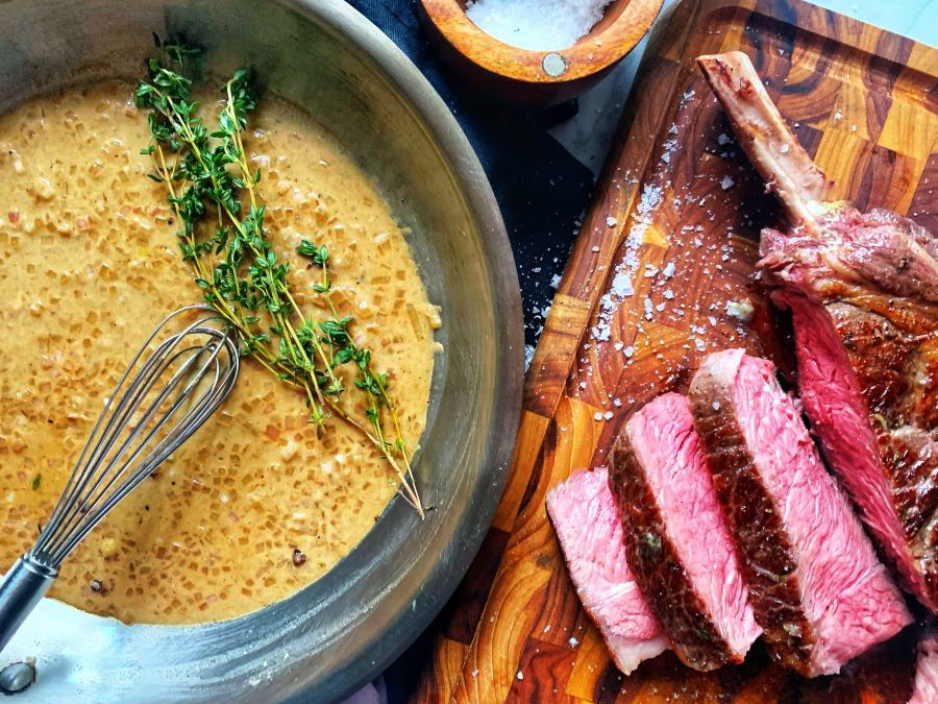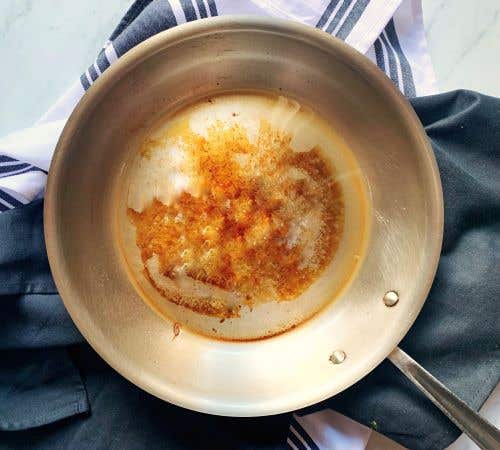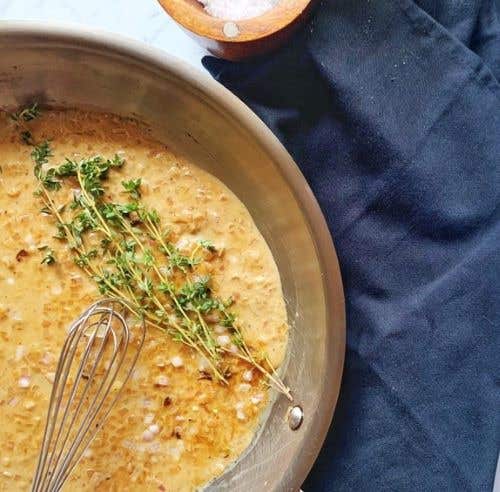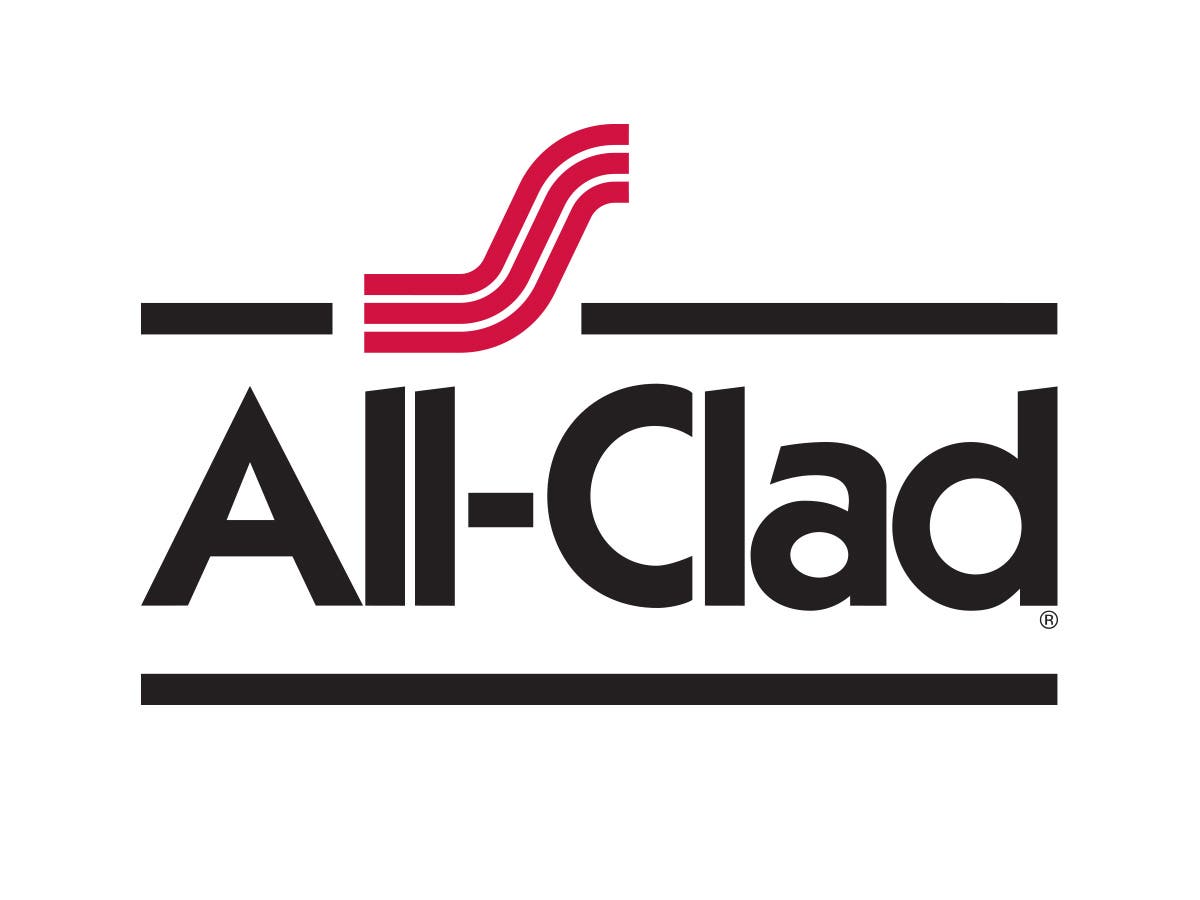
After the Sear - Searing Steaks in a Pan
If you read our blog post, Searing Steaks in a Pan, you just finished creating a delicious pan sear steak in the comfort of your own kitchen. While that steak rests locking in all of its juices, you might be looking at your frying pan, filled with brown bits, thinking that you have a tough clean-up ahead.


All of those brown bits, also known as fond, stuck to the bottom of your pan are filled with too much flavor to go to waste. Instead of soaking your pan in the sink, you can create an amazing pan sauce to top onto your steak while cleaning your pan at the same time in a process called deglazing.
Deglazing the pan not only scrapes up all the fond but, in the process, reduces it into a luxurious and flavorful sauce to give your meal that wow-factor finish fit for entertaining. Check out this helpful clip from Chef Andy, where he uses wine as the foundation of this technique.
Check out this helpful clip from Chef Andy,
where he uses wine as the foundation of this technique.
Wine isn’t the only ingredient to use to make a pan sauce. A great way to cut through the savory buttery nature of that steak would be through the addition of an acidic ingredient like vinegar or citrus. When cooking with acidic ingredients, it’s important to ensure that you are using cookware made of a non-reactive metal, like stainless steel.
What does this mean? Certain “reactive” metals – like aluminum, iron, and copper – interact with acidic substances in such a way that they release atoms that can affect the color or taste of the food you’re cooking, sometimes resulting in a metallic taste. Not only can this affect the flavor of what you’re cooking, but it can also wear down the cooking surface. In addition to its even-heating properties, All-Clad Stainless Steel Cookware provides an ideal cooking surface because it is one of the most common non-reactive materials.


Check out our Pan Sauce recipe to find out how easy it is to make a leveled-up pan sauce in no time.




